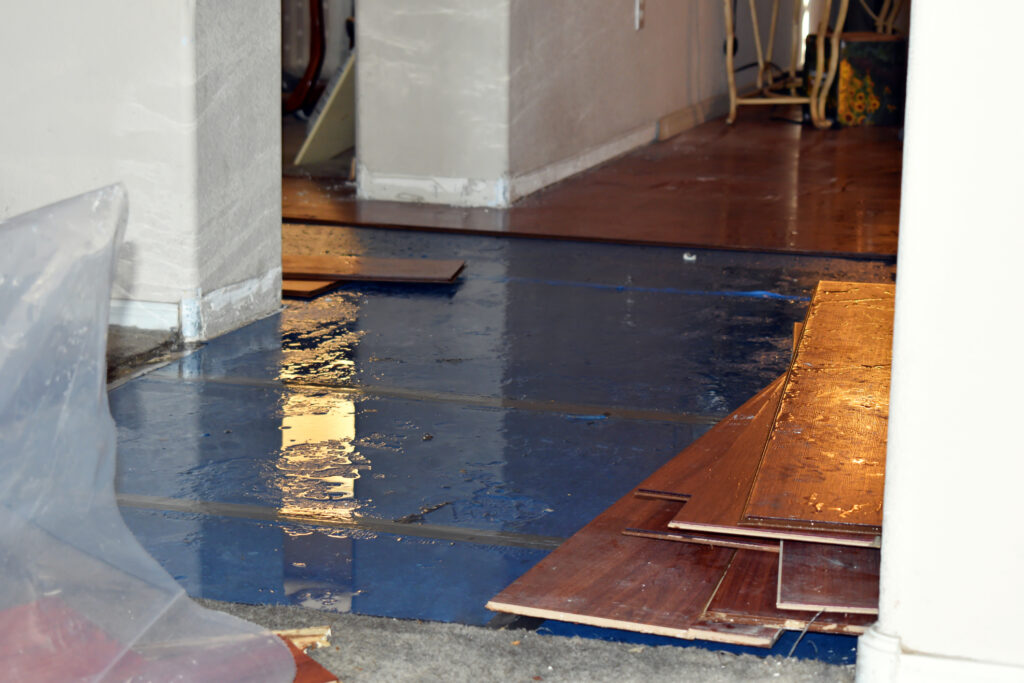Water Damage Restoration in Greater Rochester
Water can find its way all around your home when a pipe bursts. If the mess isn’t cleaned up quickly, you could look at severe damage to your floors, walls, ceilings, and even your home’s foundation. Turn to a team of local experts when you need water damage restoration services in the Greater Rochester area.
The Paul Davis Restoration of Greater Rochester team brings the tools and talents needed to restore any problem after water damage. We can remove the water, clean the area, remediate mold, reconstruct what needs repair, and much more. Our goal is to make your property look like it did before the water damage happened.
Experienced professionals should handle water damage restoration. Trust Paul Davis to clean up the mess — contact us now to get started.

Emergency Residential Water Damage Repair
Water damage can happen very fast and very suddenly. If you have a serious situation on your hands, don’t wait for help when Paul Davis can provide emergency water damage repairs.
We can visit your property in the Greater Rochester area right away to assess the damage and perform preliminary repairs. We’ll pump out standing water, stop damaged pipes from flowing, and figure out exactly what’s needed. Then, we’ll schedule a convenient date and time to perform complete repairs and restoration.
Don’t delay — we’re the team for the job if you need emergency water damage repair services in Rochester.
Damages to Your Home Caused by Water
Water can be a valuable asset or a destructive force for your home. Major issues can be caused when a pipe burst or a serious leak occurs. Just a few common types of damage water can cause include:
- Water stains: Water can quickly stain walls or ceilings, leaving an unsightly brown mark.
- Plumbing stress: Damaged pipes can add stress to the rest of the system, leading to more damage.
- Mold development: Mold can grow in damp areas, creating an unsafe living space.
- Foundation damage: Water can find its way into the home’s foundation and cause serious cracks or even slanting of the house.
Always ensure that every part of your home is fully restored after experiencing water damage.
Choose Paul Davis for Water Damage Restoration in Greater Rochester
Since 1966, Paul Davis has provided exceptional property restoration services. Our team serves the Greater Rochester area by taking the time to understand the nature of the damage and provide the proper repairs for each situation. Count on our team for residential repairs, commercial restoration, and insurance claim assistance.
Take good care of your home by working with pros on your water restoration. Contact us now to schedule water damage restoration services in Rochester.
Frequently Asked Questions
How does the weather affect my pipes?
Rochester’s winter weather can quickly freeze pipes, so keeping them wrapped is vital. If you end up with a damaged pipe and water damage, look to our team to clean up the mess.
How long does it take to clean up water-damaged areas of a home?
The length of time for a water restoration service will depend on various factors, such as the severity of the damage, location, and amount of water that must be removed. Our team will give you a time estimate when we assess the damage.









